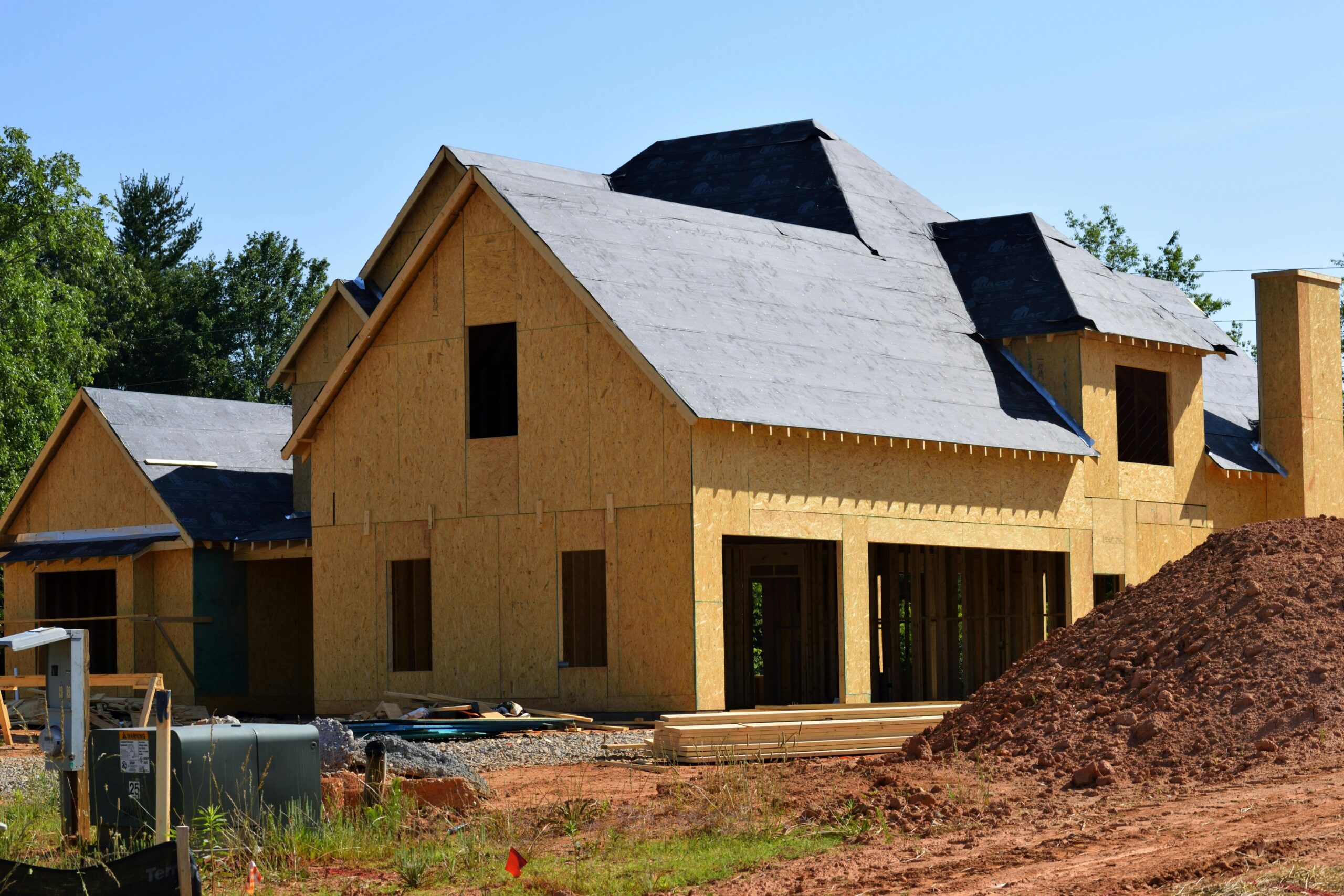New Mexico is seeking to expand housing and rental options for homeless and low-income residents following a recent announcement of a $120 million housing and homelessness initiative.
Gov. Michelle Lujan Grisham revealed last month that the new Office of Housing within the New Mexico Department of Workforce Solutions (NMDWS) will begin distributing the funds as part of a broader $140 million package for housing developments.
The largest share, over $80 million, will be appropriated for projects in the Albuquerque–Bernalillo County metro area where leaders are pledging to house 1000 residents within a year. The biggest of these projects is Poblano Place Apartments, where $18.75 million is set aside for acquiring an 84-unit complex to offer workforce housing and supportive services for seniors and displaced youth.
Another $16.8 million will expand senior housing and support in the Gateway network.
In West Mesa Ridge, $13.5 million will help construct new houses for residents at 30-80% of the Aera Median Income (AMI).
Lomas Tower, also known as the Wells Fargo Building, will receive a $10 million rehabilitation to create 100 affordable homes for residents at or below 70% AMI.
Terra Linda will receive $6 million for lower income housing, and Sombra del Oeste will use $1.5 million for 72 new townhomes for first time homebuyers.
Elsewhere in the state, over $11 million is set aside for the Las Cruces–Doña Ana County area. More than $13 million is allocated to fund housing initiatives in other regions of New Mexico, and $7.8 million to support homeless families through the McKinney-Vento school programs in Albuquerque, Las Cruces, and Santa Fe.
In total, state leaders expect to assist 3,500 families with affordable housing, transitional housing, or shelter housing in nearly a dozen properties.
These efforts are a response to a current estimated 20,000-unit home shortage. Since 2017, housing prices have surged over 70%, while incomes have only increased about 15%, creating an affordability gap. Inventory is decreasing while rent and housing prices have risen above the national average. Over 50% of renters now say that they pay over 30% of their income on housing, according to state officials.
NMWDS leaders say these investments are proven strategies to create more affordable housing and target issues that contribute to homelessness.
State officials also indicate that there will be future funding opportunities supporting this homelessness-reduction effort. Future funding opportunities would revolve around site readiness and housing innovations that contribute to a pipeline of eligible housing projects statewide.
Photo by Pixabay







